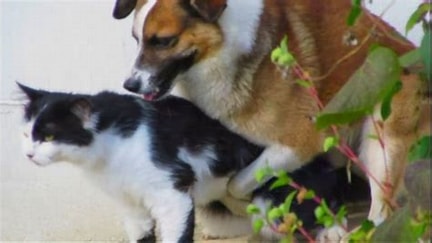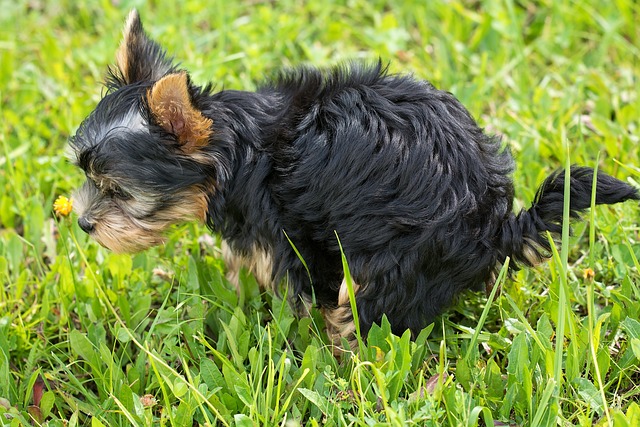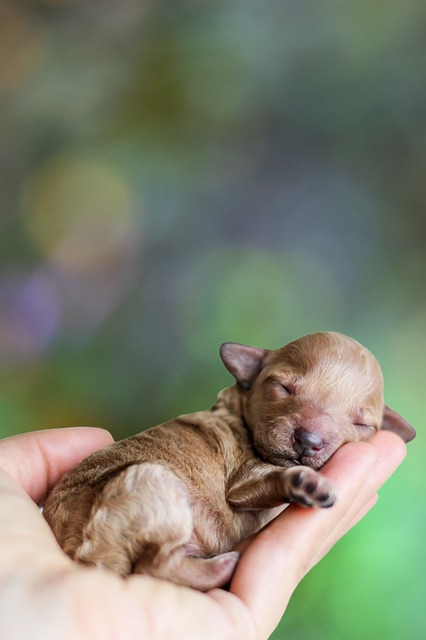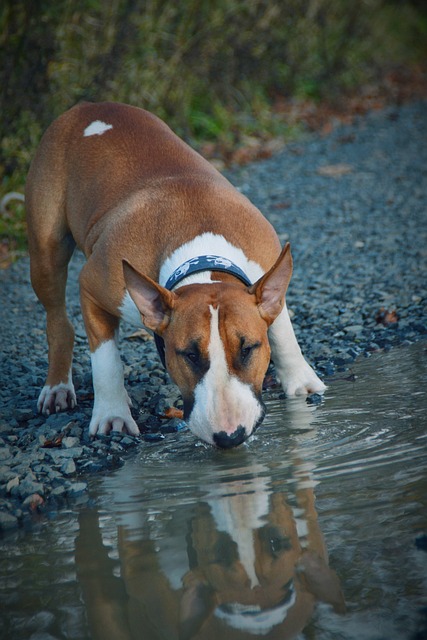Can Cats Mate with Dogs? The Truth Revealed (What You Need to Know)

Can cats mate with dogs? It’s a question that has puzzled pet owners and animal enthusiasts for years. While cats and dogs are both beloved companions, they are different species with distinct reproductive systems. So, can these two species actually mate and produce offspring?
Well, the short answer is no. Cats and dogs cannot mate and produce viable offspring. Despite their shared ability to reproduce sexually, they have different numbers of chromosomes and genetic makeup, making their reproduction incompatible. While there have been rare cases of cats and dogs attempting to mate, the resulting offspring are typically infertile or have significant health issues.
However, that doesn’t mean that cats and dogs can’t form strong bonds and relationships with each other. Many households have both cats and dogs living harmoniously together, often becoming the best of friends. They may engage in playful interactions, provide companionship, and even display nurturing behaviors towards each other.
So, while cats and dogs can’t mate and produce offspring, they can certainly share a special connection that brings joy and companionship to our lives as pet owners.
Can Cats and Dogs Physically Mate?
The topic of cats and dogs mating may bring curiosity and questions. While cats and dogs are both domesticated animals, they belong to different species, and interbreeding between them is not biologically possible. Cats and dogs have different reproductive systems and anatomical structures that prevent them from successfully mating and producing offspring. Despite their ability to form strong bonds and engage in playful interactions, cats and dogs cannot physically mate with each other.
What Happens if Cats and Dogs Do Mate?
Contrary to popular belief, cats and dogs cannot mate and produce offspring together. Despite being both domesticated animals, cats and dogs belong to different species and have different numbers of chromosomes. They are not genetically compatible for successful reproduction. While there may be instances of cats and dogs engaging in mating behaviors, such as mounting or courting, these behaviors do not lead to the production of hybrid offspring. The biological differences between cats and dogs prevent any successful reproduction from occurring.
Are Cat-Dog Hybrids Possible?
The idea of cat-dog hybrids, often referred to as “cogs” or “datos,” has captured the imagination of many pet enthusiasts. However, the truth is that cat-dog hybrids are not possible naturally. Cats and dogs are two distinct species with different genetic makeup, reproductive systems, and behaviors. They cannot produce offspring together through mating.
While there have been scientific experiments to create hybrids between species within the same family, such as lions and tigers (ligers) or domestic cats and servals (savannah cats), the genetic differences between cats and dogs are too significant for successful hybridization. The reproductive barriers and lack of genetic compatibility prevent the two species from producing viable offspring.
It’s important to remember that cats and dogs are wonderful pets in their own right, with unique characteristics and qualities that make them beloved companions. If you’re considering adding a pet to your family, it’s best to choose a cat or a dog based on your lifestyle, preferences, and the amount of care and attention you can provide.
What Are the Differences Between Cats and Dogs in Terms of Reproduction?
Mating Behavior and Strategies
Cats and dogs have different mating behaviors and strategies. Cats are typically promiscuous breeders, meaning that they can mate with multiple partners during their heat cycles. Female cats are induced ovulators, which means that they only release eggs for fertilization when they mate. Dogs, on the other hand, are generally monogamous breeders, meaning that they form a pair bond with one mate during the mating season. Female dogs have a regular estrous cycle, during which they release eggs regardless of whether or not they mate.
Reproductive Anatomy
Cats and dogs also have differences in reproductive anatomy. Male cats have barbed penises, which help stimulate the female’s reproductive tract and increase the chances of successful fertilization. Male dogs do not have barbed penises. Female cats have a reproductive structure called the corpus luteum, which persists even if fertilization does not occur and can lead to pseudopregnancy. Female dogs do not have a corpus luteum, and their reproductive cycles proceed as usual if fertilization does not occur.
Gestation and Litter Size
Gestation periods and litter sizes also vary between cats and dogs. Cats have a shorter gestation period of approximately 63-65 days, while dogs have a longer gestation period of around 58-68 days, depending on the breed. In terms of litter size, cats generally have smaller litters, ranging from 1-9 kittens, with an average of 4-5 kittens. Dogs, especially larger breeds, can have larger litters, ranging from 1-12 puppies, with an average of 6-8 puppies.
Maternal Care and Development
Cats and dogs also exhibit differences in maternal care and development. Cats are known for their independent nature and usually require less maternal care. They give birth to relatively mature kittens who can crawl and find their mother’s milk on their own. Dogs, on the other hand, are more dependent on maternal care. Puppies are born blind and deaf, requiring their mother’s assistance for everything, including nursing, eliminating waste, and regulating body temperature.
What Are the Challenges of Cross-Species Mating?
Genetic Incompatibility
One of the primary challenges of cross-species mating is genetic incompatibility. Different species have evolved to have distinct genetic makeup and reproductive systems, making it difficult for them to successfully reproduce with each other. Genetic differences can lead to infertility, embryonic development issues, or offspring with genetic abnormalities.
Behavioral Differences
Behavioral differences also pose challenges for cross-species mating. Animals have specific mating rituals, courtship displays, and communication methods that are unique to their species. It can be challenging for animals from different species to understand and interact with each other’s mating behaviors, reducing the likelihood of successful mating.
Physiological and Anatomical Differences
Physiological and anatomical differences between species can make cross-species mating difficult or impossible. Differences in genitalia, reproductive organs, or the timing of reproductive cycles can hinder successful mating. Additionally, the compatibility of sperm and egg from different species can be limited due to structural or biochemical incompatibilities.
Ecological and Environmental Factors
Ecological and environmental factors can also influence the challenges of cross-species mating. Animals typically mate within their own species to maximize reproductive success and ensure the survival of their offspring. Factors such as differences in habitat, diet, or predator-prey relationships can create barriers to successful cross-species mating.
Social and Cultural Factors
Social and cultural factors can impact cross-species mating, particularly in animals with complex social structures or mating systems. Animals often engage in mate selection and mate preference based on cues and signals specific to their species. Social hierarchies, mating rituals, or territorial behaviors can discourage or prevent interbreeding between different species.
Overall, cross-species mating faces significant challenges due to genetic incompatibility, behavioral differences, physiological and anatomical barriers, ecological factors, and social and cultural influences. While rare instances of hybridization between closely related species have been documented, successful cross-species mating remains an exception rather than the norm in the animal kingdom.
Can Cats and Dogs Form Interspecies Bonds?
Interspecies bonds between cats and dogs are possible, but they can vary greatly depending on the individual animals and their personalities. While cats and dogs are often portrayed as natural enemies, many pet owners have witnessed heartwarming stories of their feline and canine companions bonding and even becoming best friends. However, it’s important to introduce cats and dogs properly and monitor their interactions to ensure a safe and harmonious relationship.
Is It Safe for Cats and Dogs to Mate?
The idea of cats and dogs mating may seem intriguing or even amusing, but the truth is that it is not safe or advisable for these two species to mate. Cats and dogs have different reproductive systems and behaviors, making successful mating unlikely and potentially harmful to both animals involved.
Cats are obligate carnivores and have a unique reproductive cycle, known as induced ovulation. This means that a female cat must be stimulated by the mating process in order to ovulate and become fertile. Dogs, on the other hand, are seasonal breeders and have a different reproductive cycle. The differences in their reproductive systems make it highly unlikely for cats and dogs to have a successful mating and produce offspring.
Additionally, the size difference between cats and dogs can pose serious risks during attempted mating. Dogs are generally much larger and stronger than cats, and the size disparity can lead to physical harm or injury, especially for the smaller cat involved. Even if mating is somehow achieved, there is a high risk of complications during gestation and birth due to the biological differences between these two species.
It is important to prioritize the well-being and safety of our pets, and attempting to mate cats and dogs goes against their natural instincts and can result in harm. It is always best to keep these two species separate and ensure that they are spayed or neutered to prevent any accidental or unsafe mating.
If you have any concerns or questions about the reproductive health of your pets, it is recommended to consult with a veterinarian who can provide personalized advice and guidance based on their knowledge and expertise.
Can Cats and Dogs Produce Offspring through Artificial Insemination?
Many people wonder if cats and dogs can mate and produce offspring, especially through artificial insemination. However, it’s important to understand that cats and dogs belong to different species and have different numbers of chromosomes, making successful reproduction between them highly unlikely.
Conclusion
As explained in this article, cats and dogs cannot physically mate with each other due to their biological differences and genetic incompatibility. Despite their ability to form bonds and engage in playful interactions, successful reproduction and the production of hybrid offspring are not possible between these two species.
Cross-species mating faces challenges such as genetic incompatibility, behavioral differences, physiological and anatomical barriers, ecological factors, and social and cultural influences. While rare instances of hybridization between closely related species have been documented, they are exceptions rather than the norm.
Interspecies bonds between cats and dogs are possible, but they vary depending on individual animals and their personalities. Proper introduction and monitoring of their interactions are crucial to ensure a safe and harmonious relationship.
Attempting to mate cats and dogs is not safe or advisable due to their different reproductive systems and the risks it poses to their well-being. It is best to keep these two species separate and ensure they are spayed or neutered to prevent any accidental or unsafe mating.
If you have any concerns or questions about the reproductive health of your pets, it is recommended to consult with a veterinarian who can provide personalized advice and guidance based on their knowledge and expertise.







You have remarked very interesting details! ps nice web site.Raise your business